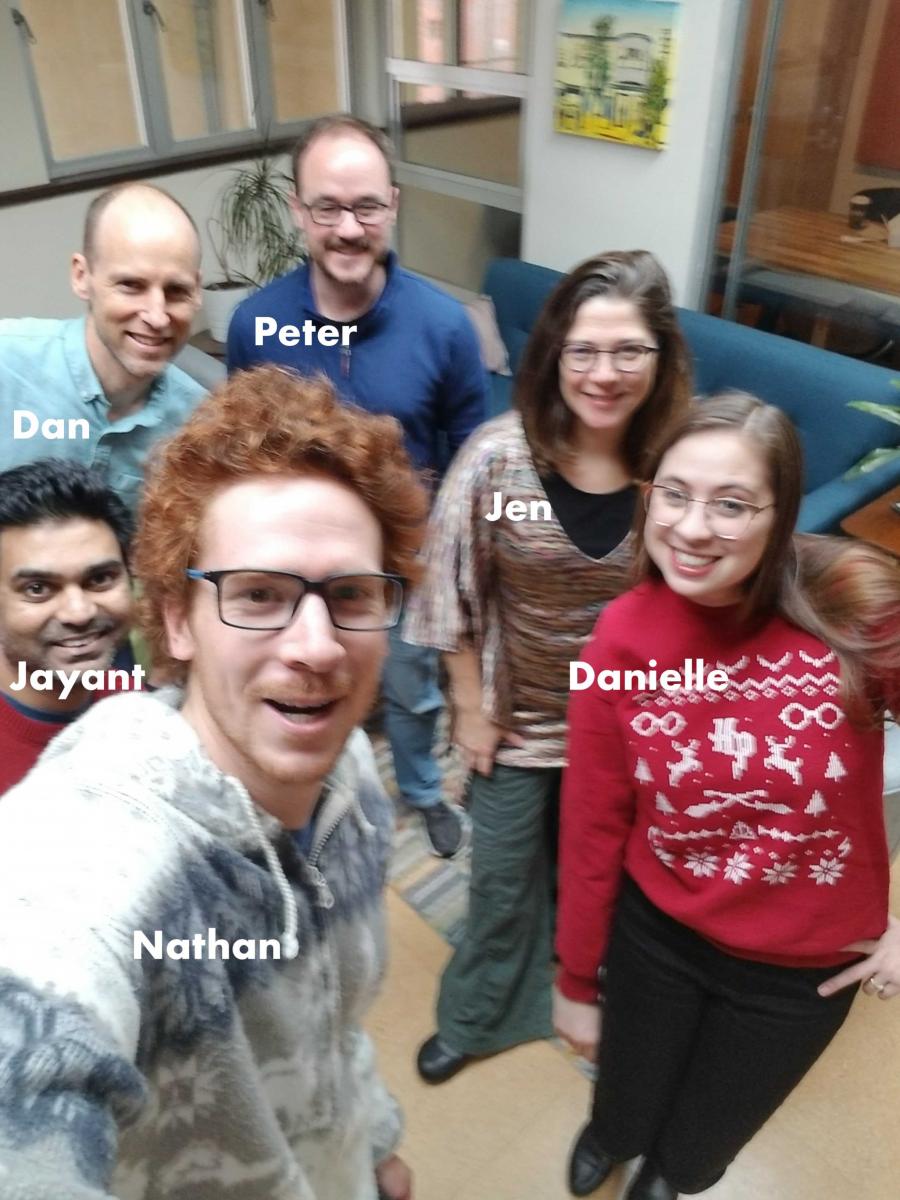The Beyond Efficiency Team Reveals...
Katie Hollbacher, Principle:
High-density spray foam insulation tends to be the default for our cold-climate projects. Even with better blowing agents, it can take decades to "pay back" the high embodied carbon of foam through operational energy savings. For a 62-unit small neighborhood development in Bozeman, MT we're working with the team to specify assemblies insulated primarily with carbon-sequestering cellulose. If successful we'll avoid 320 metric tons CO2 emissions, the same impact as eliminating emissions from 800,000 vehicle miles driven!
Jennifer Love, Senior Sustainability Engineer:
I have a number of multifamily projects that want to use electric heatpump domestic hot water system. I have been working to support their efforts and navigate the complicated Title 24 compliance landscape. These projects are ahead of the curve, and we are determined to help them implement these emissions savings designs and get rid of fossil fuels.
Dan Johnson, Sustainability Architect Leader:
We've designed new homes using staggered-stud exterior walls to achieve the high R-values required by the 2019 Energy Code using only wood and cellulose, without using foamed plastic rigid insulation.
Katie Dahlgren, Project Success Manager:
A lot of our project inquires are from people looking to optimize their energy efficiency through building operations. On these initial calls, with clients and potential clients, we now bring up the opportunity and encourage clients to include embodied carbon of the materials, and construction process, in the project goals and priorities. While operating efficiency is important and has a long term impact on our overall footprint, selecting materials based on lower embodied carbon has immediate impacts on our carbon footprint and climate change today. In addition, these materials often contribute to better indoor air quality and in some cases lower costs too!
Jayant Patil, Energy + Systems Specialist Manager:
On a recent project, we did an optimized domestic hot water simulation for a project and demonstrated the impact on time dependent valuation of energy impact by switching to an electric based system compared to a natural gas based one.
Laken Rush Allen, Operations Manager:
In November, we hosted a Chamber Mixer in Jackson. Even with nearly 100 guests, we were able to make it a zero-waste event. We used glassware instead of plastic, recycled wine bottles and beer/soda cans and composted all of the bamboo plates, napkins and skewers. It was awesome, and I think it really got guests (and hosts) thinking about how they could throw their own zero-waste event!
Peter Grant, Senior Research Manager:
There are several projects I've undertaken that help to reduce operational emissions. A lot of my current research revolves around controlling the time of day that heat pump water heaters consume electricity, so they can consume clean solar power at mid day rather than natural gas based electricity during the evening.
Nathan Iltis, Energy Engineer:
On multiple single family projects we have been able to greatly reduce the amount of cement used by guiding the design team to use a conditioned crawlspace with stem walls instead of a large structural mat slab. Reducing cement quantity is one of the most important steps to reducing footprint on single-family projects, since it often makes up the majority of embodied carbon.
Danielle Beevé-Morris, Sustainability Engineer Manager:
We switched to more efficient (LED) lighting in large multifamily projects, which will reduce carbon emissions in the long term.
Kara Rousselle, Senior Mechanical Manager:
I reduce operational carbon in my designs by specifying higher efficiency equipment where possible.






























